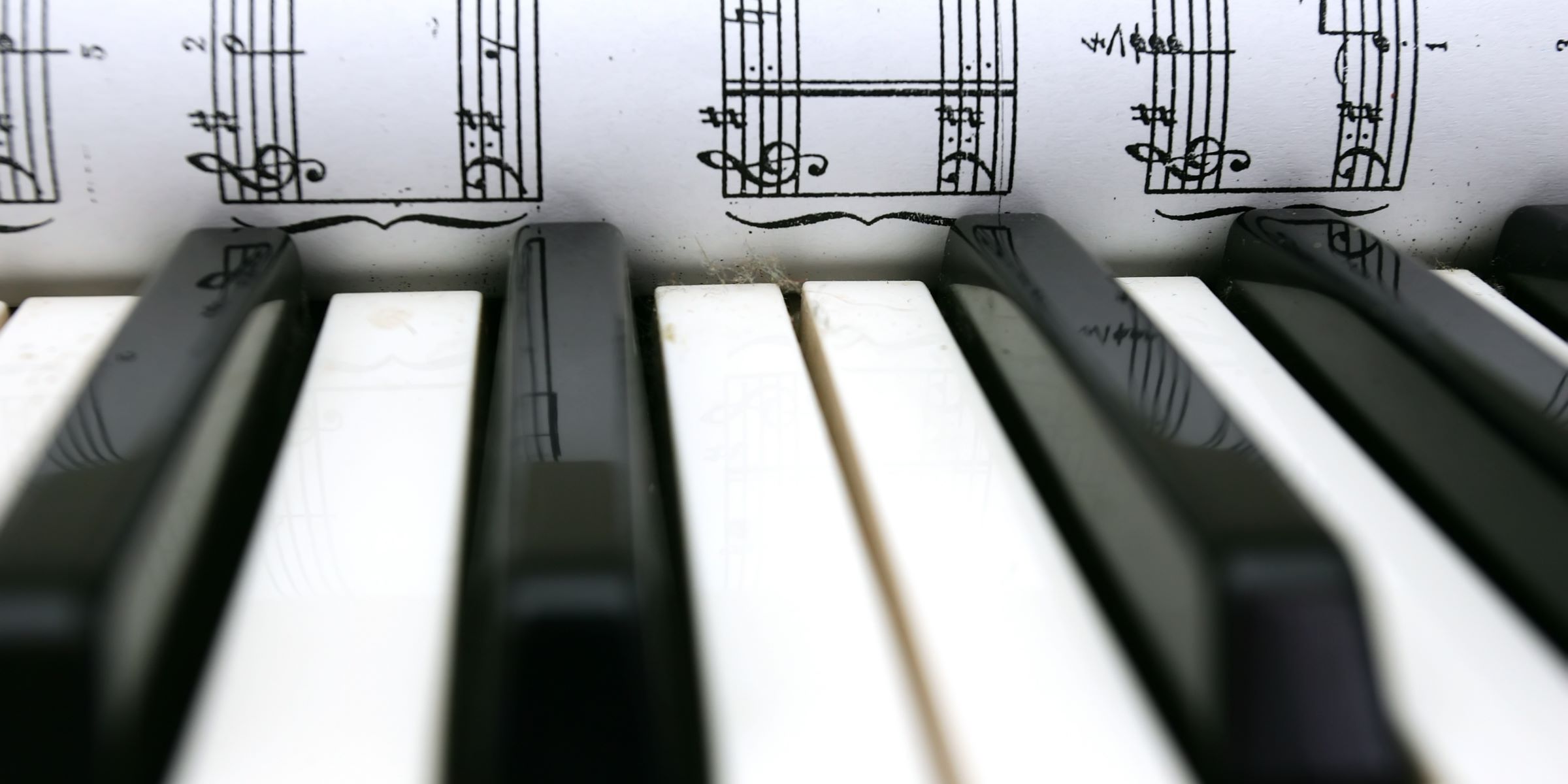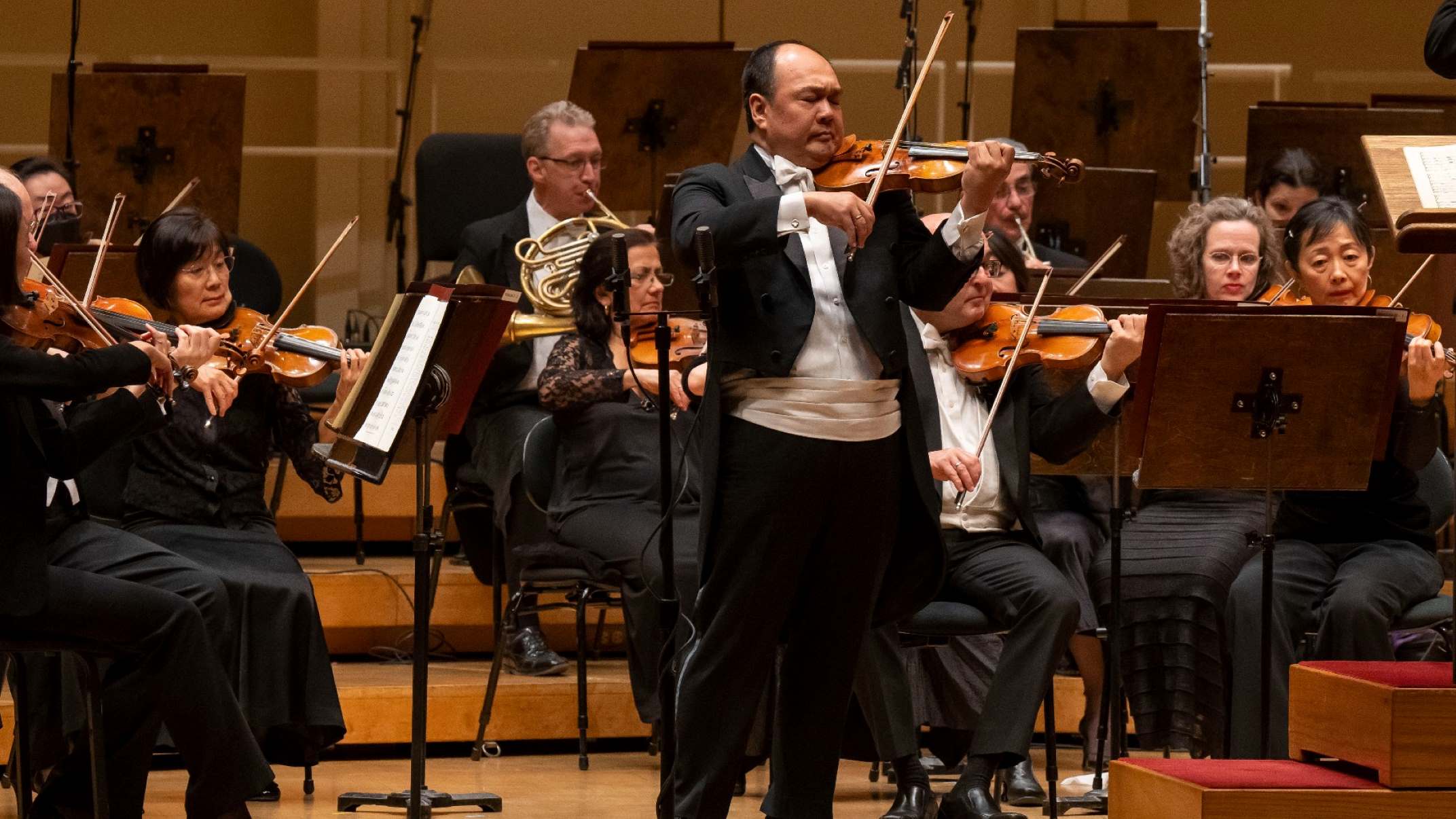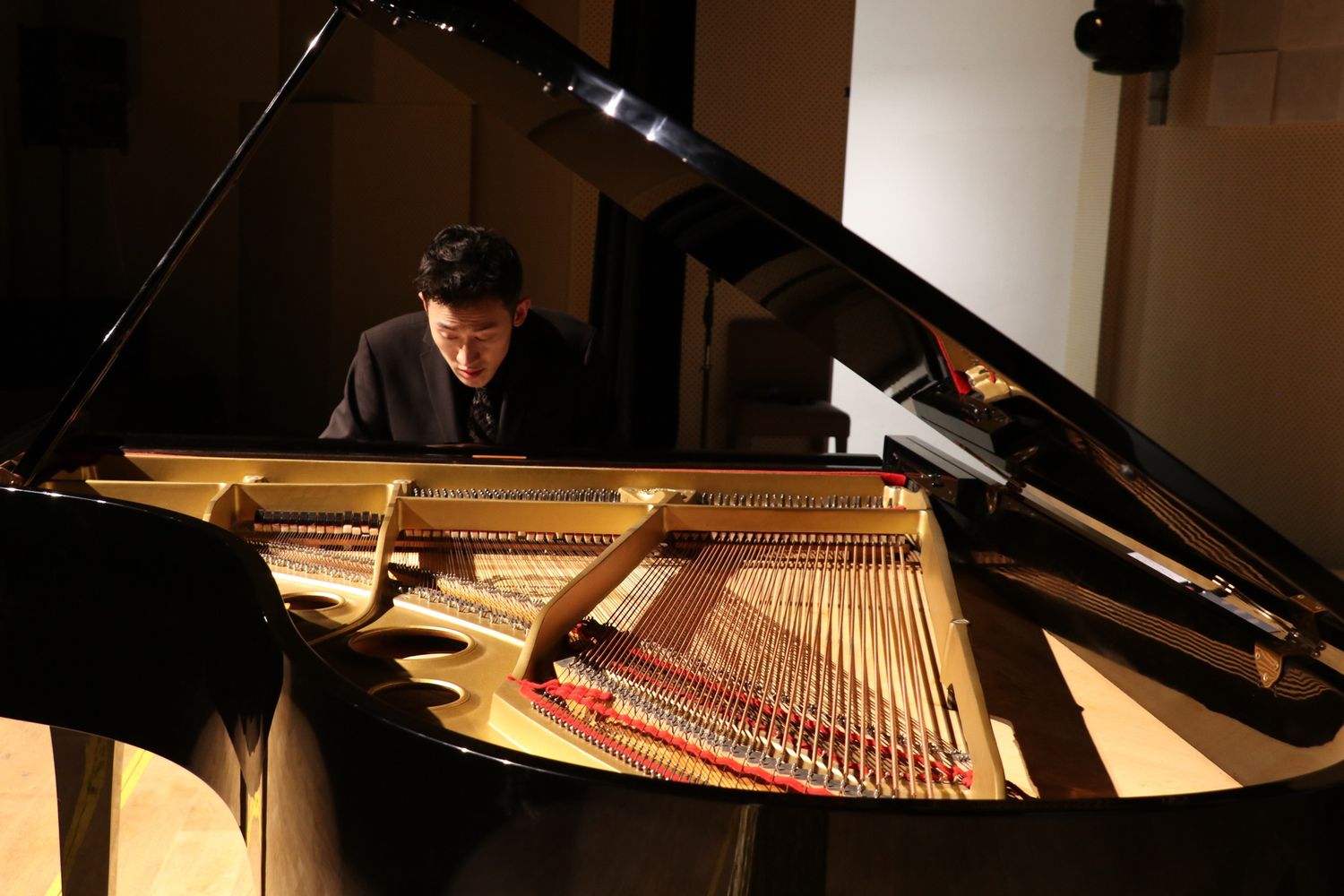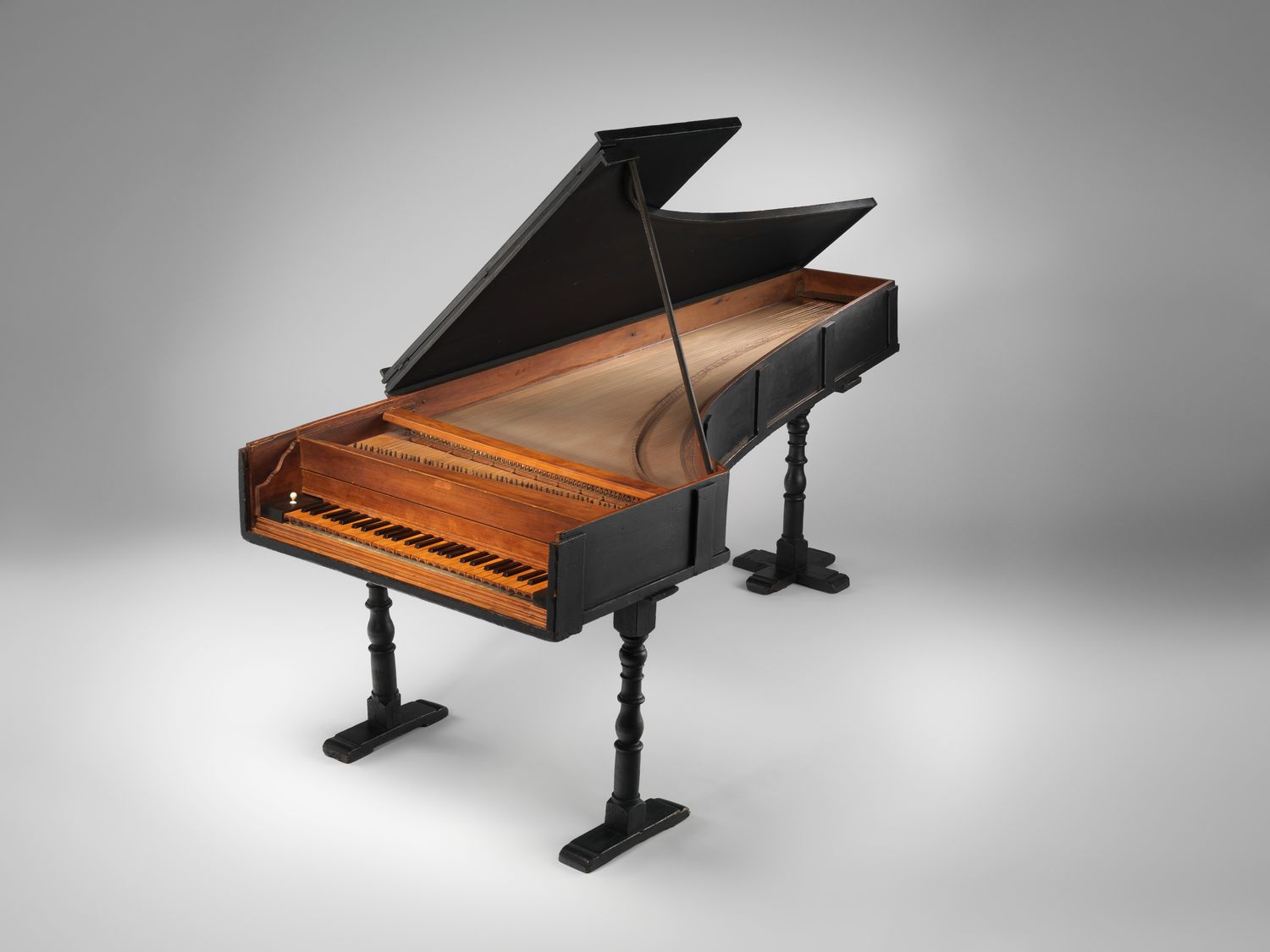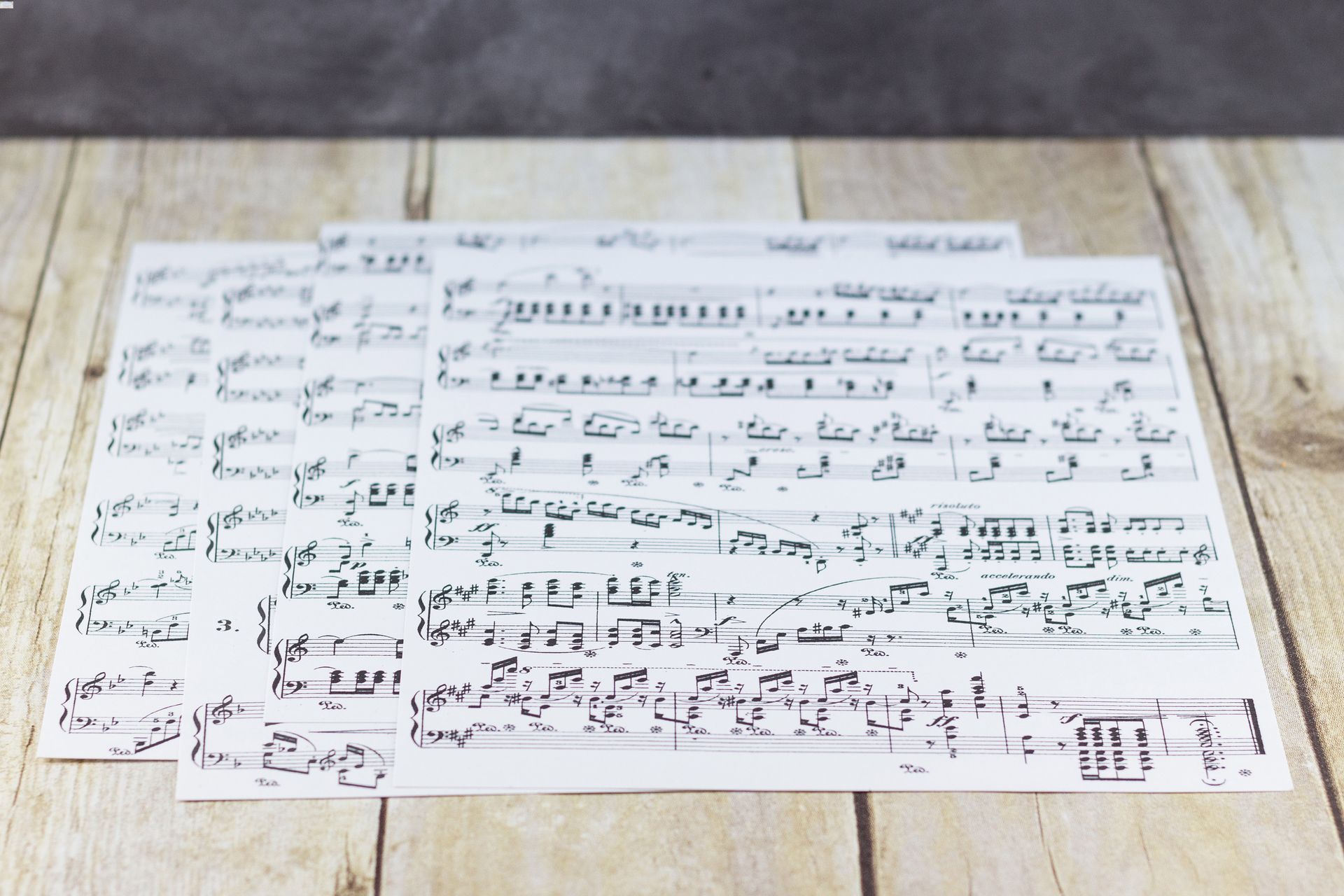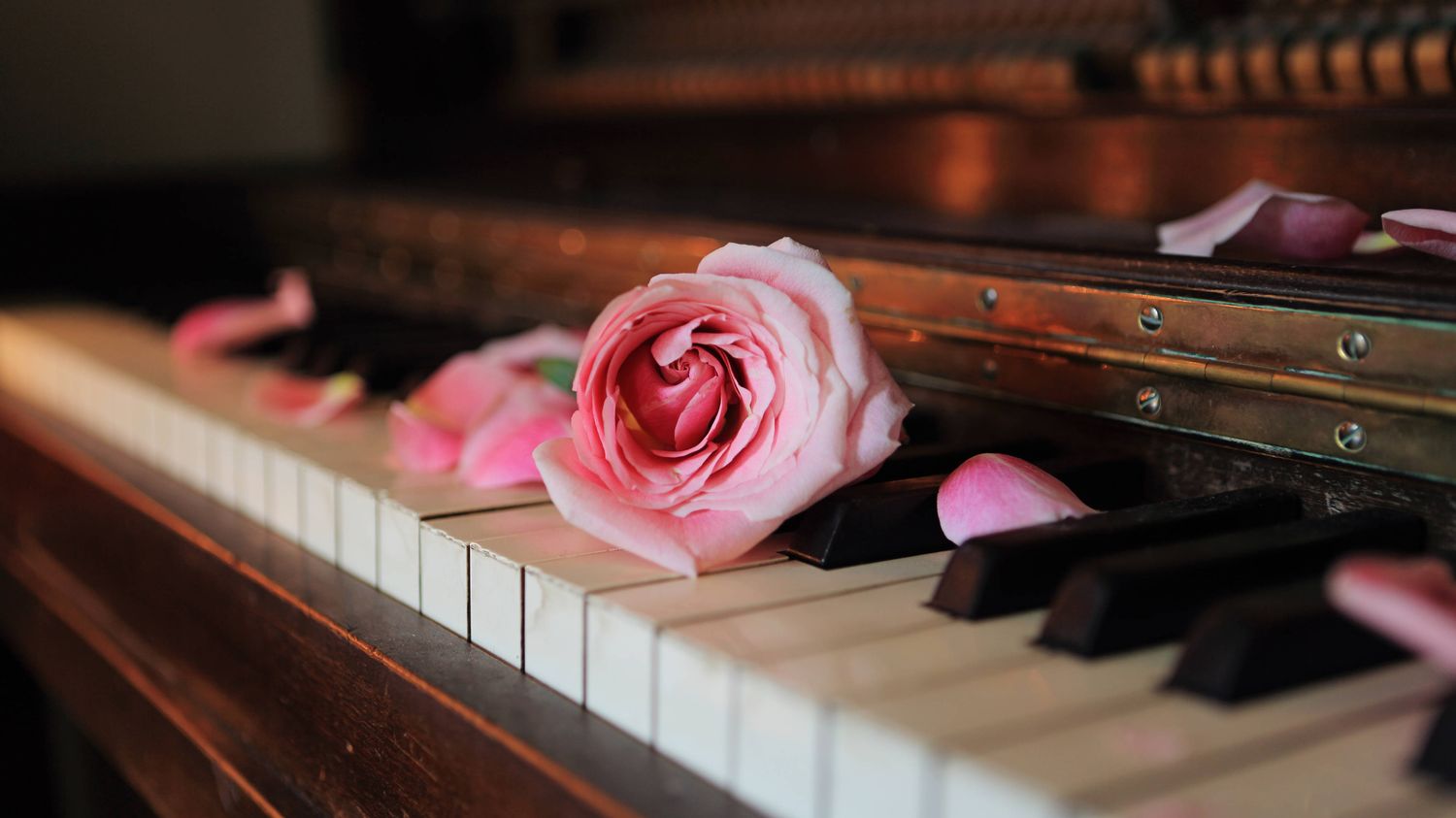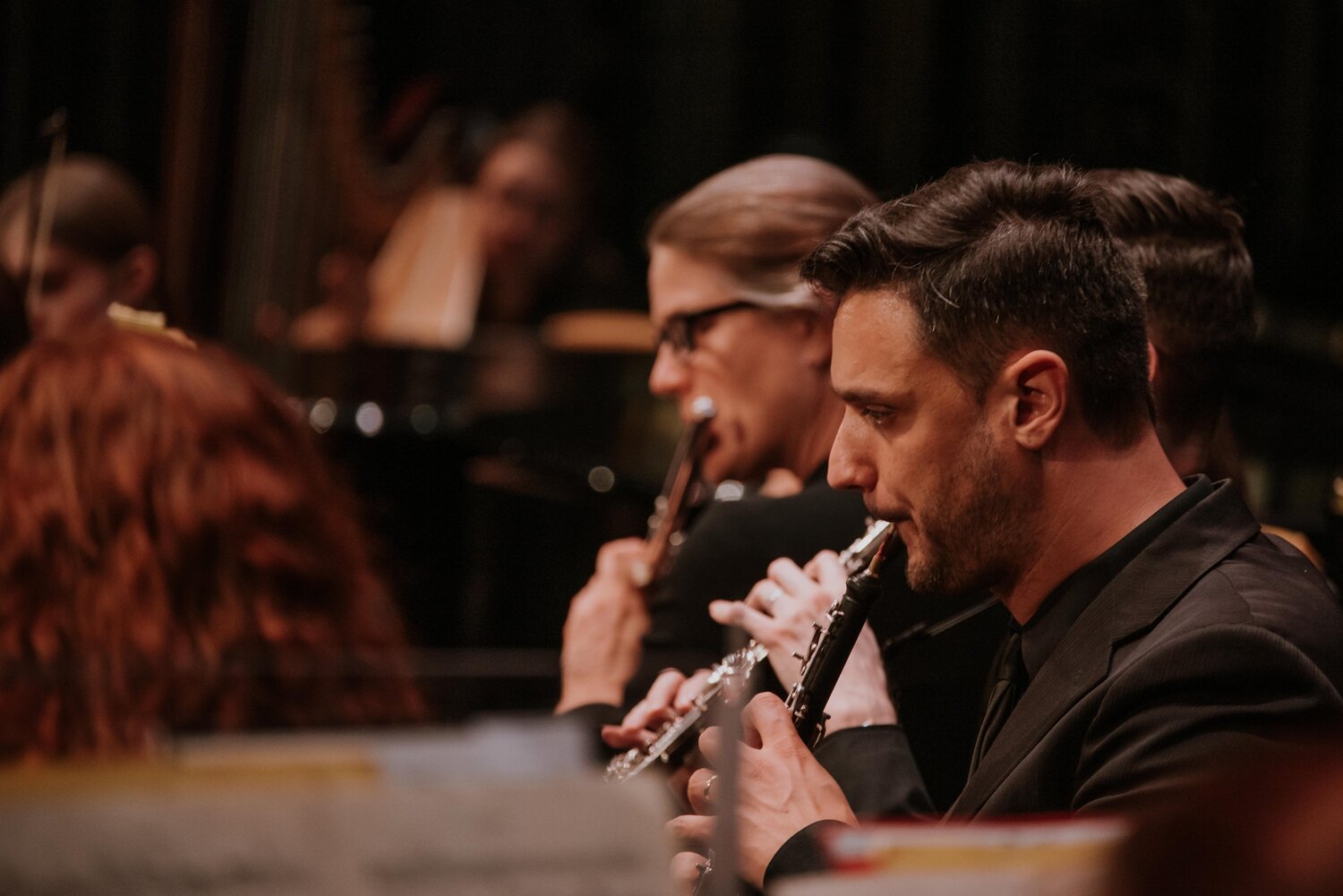Home>Production & Technology>Orchestra>What Is The Musical Terminology When The Piano And The Orchestra Play The Same Thing
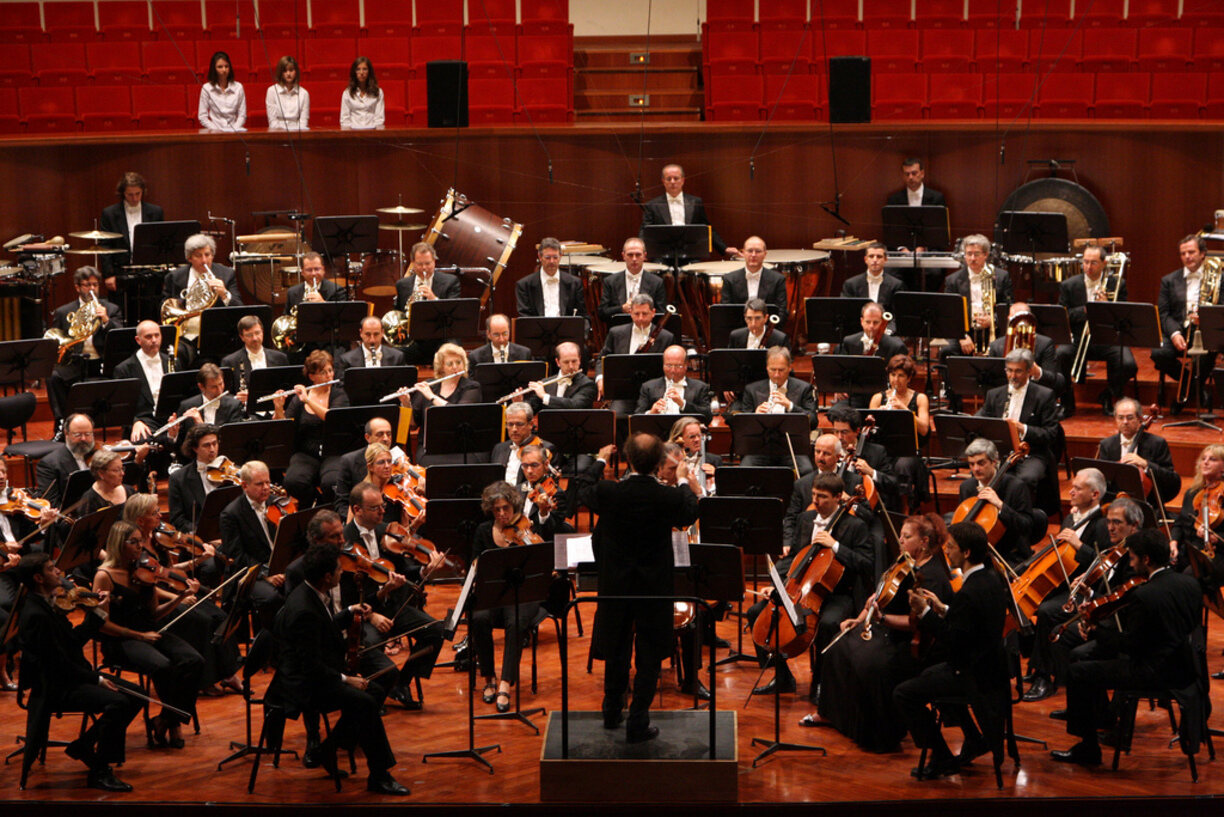

Orchestra
What Is The Musical Terminology When The Piano And The Orchestra Play The Same Thing
Published: February 24, 2024
Discover the musical terminology used when the piano and orchestra play the same thing. Explore the dynamics and coordination between piano and orchestra.
(Many of the links in this article redirect to a specific reviewed product. Your purchase of these products through affiliate links helps to generate commission for AudioLover.com, at no extra cost. Learn more)
Table of Contents
Introduction
When the piano and the orchestra play the same musical passage, it creates a harmonious blend that enriches the overall sound. This collaboration between the piano and the orchestra is a testament to the versatility and dynamism of musical composition. Understanding the musical terminology associated with this synchronization can provide valuable insights into the intricacies of orchestral performances and enrich one's appreciation of musical artistry.
In this article, we will delve into the terminology used to describe the musical relationship between the piano and the orchestra when they play the same musical phrases. From unison to doubling and tutti, each term encapsulates a unique aspect of this musical synergy, shedding light on the exquisite coordination and artistry involved in such performances.
As we embark on this exploration, it's important to note that the interplay between the piano and the orchestra represents a captivating fusion of timbres and textures, elevating the auditory experience for both musicians and audiences alike. Let's unravel the nuances of this musical collaboration and unravel the terminology that defines it.
Unison
Unison, a term derived from the Latin word "unisonus," embodies a fundamental concept in music where two or more instruments, including the piano and the orchestra, play the same musical notes simultaneously. This synchronization creates a powerful and cohesive sound that amplifies the emotional impact of the music. In the context of orchestral performances, unison passages often serve as pivotal moments, accentuating the thematic motifs and evoking a sense of unity and resonance.
When the piano and the orchestra converge in unison, their combined resonance elevates the sonic landscape, infusing the composition with depth and intensity. The seamless alignment of their musical phrases generates a rich tapestry of sound, captivating listeners and fostering a profound connection between the performers and the audience. Moreover, unison passages highlight the symbiotic relationship between the piano and the orchestra, underscoring their ability to merge distinct timbres into a harmonious whole.
From a compositional standpoint, unison segments offer composers a powerful tool for emphasizing pivotal themes and motifs within a musical piece. By unifying the voices of the piano and the orchestra, composers can imbue their compositions with a heightened sense of drama and emotional resonance. This convergence of musical voices not only enriches the sonic experience but also amplifies the thematic significance of the composition, leaving a lasting impression on the listener.
In the realm of musical expression, unison passages symbolize a collective voice, where individual instruments, including the piano and various orchestral sections, unite to convey a singular, impactful message. This collective resonance transcends the sum of its parts, creating a sonic amalgamation that resonates deeply with audiences. As the piano and the orchestra converge in unison, their combined prowess amplifies the emotional depth of the music, inviting listeners on a transcendent auditory journey.
In essence, unison represents a profound musical synergy, where the piano and the orchestra coalesce to form a singular, resounding voice. This harmonic convergence not only enriches the auditory experience but also underscores the profound emotional and thematic dimensions of the composition. As the piano and the orchestra unite in unison, they weave a captivating sonic tapestry, inviting audiences into a world of unparalleled musical resonance and emotional depth.
Octaves
Octaves, a fundamental concept in music theory and performance, hold a prominent place in the musical synergy between the piano and the orchestra. When the piano and the orchestra play in octaves, they produce a mesmerizing sonic effect that enriches the composition with depth and grandeur. In the realm of music, an octave represents a crucial interval spanning eight notes on the musical scale. When the piano and the orchestra engage in octave passages, they create a resounding resonance that amplifies the sonic landscape, infusing the composition with richness and grandiosity.
The interplay between the piano and the orchestra in octaves yields a captivating fusion of timbres, blending the distinct tonal qualities of both entities into a harmonious amalgamation. This convergence of sound not only enhances the auditory experience but also imbues the composition with a sense of grandeur and majesty. As the piano and the orchestra synchronize their performances in octaves, they unleash a powerful sonic force that resonates deeply with audiences, evoking a profound emotional response.
From a technical standpoint, octave passages demand precision and coordination, as the piano and the orchestral sections must align their performances to achieve a seamless and resonant sound. The synergy between the piano and the orchestra in octave passages underscores their ability to complement and enhance each other's musical expressions, creating a sonic synergy that transcends individual performances.
In the context of orchestral compositions, octave passages often serve as climactic moments, heightening the dramatic tension and imbuing the music with a sense of grandiosity. The resounding resonance produced by the convergence of the piano and the orchestra in octaves amplifies the thematic motifs and emotional depth of the composition, leaving a lasting impression on the listener.
Furthermore, octave passages offer composers a powerful means of emphasizing pivotal themes and motifs within a musical piece. By orchestrating octave passages, composers can infuse their compositions with an expansive and majestic sonic palette, elevating the emotional impact and thematic significance of the music.
In essence, the interplay between the piano and the orchestra in octaves represents a compelling fusion of musical prowess, where their combined resonance creates a sonic tapestry that captivates and enthralls listeners. As the piano and the orchestra converge in octave passages, they unleash a symphonic force that transcends individual performances, inviting audiences into a world of unparalleled musical grandeur and emotional depth.
Doubling
Doubling, a fundamental concept in orchestration and musical arrangement, embodies a pivotal element in the collaborative synergy between the piano and the orchestra. When the piano and the orchestra engage in doubling, they create a captivating fusion of timbres, enriching the sonic landscape with depth and resonance. In the realm of orchestral performances, doubling refers to the practice of having one or more instruments, including the piano, replicate or reinforce the melodic or harmonic lines performed by other instruments within the ensemble.
The interplay between the piano and the orchestra in doubling yields a harmonious amalgamation of musical voices, enhancing the overall texture and tonal richness of the composition. Through doubling, the piano and the orchestra complement and reinforce each other's musical expressions, creating a cohesive and resonant sonic tapestry that captivates listeners. This collaborative synergy underscores the versatility and adaptability of both the piano and the orchestral sections, showcasing their ability to seamlessly integrate their distinct timbres into a unified, cohesive sound.
From a compositional standpoint, doubling offers composers a versatile tool for orchestrating and enhancing the thematic motifs within a musical piece. By strategically employing doubling techniques, composers can imbue their compositions with a heightened sense of depth and complexity, amplifying the emotional resonance and thematic significance of the music. The convergence of the piano and the orchestra in doubling passages amplifies the sonic palette, enriching the auditory experience and fostering a profound connection between the performers and the audience.
Furthermore, doubling serves as a means of reinforcing melodic lines and harmonies, accentuating pivotal moments within the composition and heightening the overall impact of the music. As the piano and the orchestra collaborate in doubling passages, their combined resonance elevates the emotional depth and thematic significance of the composition, leaving a lasting impression on the listener.
In essence, doubling represents a compelling fusion of musical artistry, where the piano and the orchestra converge to create a unified, resonant sound that transcends individual performances. As the piano and the orchestra intertwine in doubling passages, they weave a captivating sonic tapestry, inviting audiences into a world of unparalleled musical richness and emotional depth.
Tutti
Tutti, an Italian term translating to "all" or "together," holds profound significance in orchestral performances, encapsulating the collective synergy between the piano and the entire orchestra. When the piano and the orchestra converge in tutti passages, they unleash a symphonic force that amplifies the sonic landscape, infusing the composition with richness, grandeur, and emotional depth.
In the context of orchestral compositions, tutti signifies a pivotal moment where the entire ensemble, including the piano, joins forces to deliver a resounding and unified musical expression. This collective convergence of musical voices creates a sonic tapestry that captivates listeners, evoking a profound emotional response and fostering a sense of unity and resonance. Tutti passages serve as climactic junctures within a musical piece, heightening the dramatic tension and imbuing the music with a sense of grandiosity and majesty.
The interplay between the piano and the orchestra in tutti passages yields a mesmerizing fusion of timbres, blending the distinct tonal qualities of both entities into a harmonious amalgamation. This convergence of sound not only enhances the auditory experience but also underscores the profound emotional and thematic dimensions of the composition. The seamless alignment of their musical phrases generates a rich tapestry of sound, captivating listeners and fostering a profound connection between the performers and the audience.
From a compositional standpoint, tutti passages offer composers a powerful tool for emphasizing pivotal themes and motifs within a musical piece. By uniting the voices of the piano and the orchestra, composers can imbue their compositions with a heightened sense of drama, emotional resonance, and thematic significance. The resounding resonance produced by the convergence of the piano and the orchestra in tutti passages amplifies the thematic motifs and emotional depth of the composition, leaving a lasting impression on the listener.
In essence, tutti represents a profound musical synergy, where the piano and the orchestra coalesce to form a singular, resounding voice. This harmonic convergence not only enriches the auditory experience but also underscores the profound emotional and thematic dimensions of the composition. As the piano and the orchestra unite in tutti, they weave a captivating sonic tapestry, inviting audiences into a world of unparalleled musical resonance and emotional depth.

